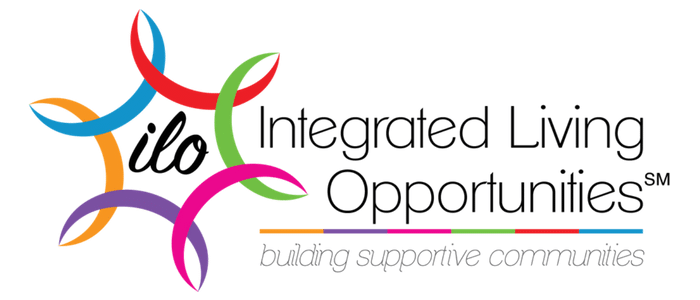Thursday, February 2, 2017
As parents of individuals with disabilities, we all worry for the future of our children. We are united in our anxiety about what will happen to our family members with disabilities when we are gone. And, as a community of parents of families with special needs, we search for answers.
As Patricia E. Bauer wrote in the Atlanta Journal-Constitution, “A growing generation of parents is now facing old age and the prospect that their children with disabilities will outlive them. As of 2006, more than 716,000 adults with developmental disabilities were living with caregivers over the age of 60 in the United States.[i]” This is, undeniably, a problem. In recent years, as society moves away from institutionalism and towards integration, a growing number of parents in special needs communities across the country have tackled this problem head on. We are – more than ever before – seeing innovative housing models and alternative independent living solutions, both segregated and integrated.
Today, we would like to briefly discuss two recent examples of segregated independent living models: First Place (Phoenix, AZ), and 29 Acres (Dallas). We would also like to share with you how ILO offers an alternative to segregated living.
Segregated Living: First Place and 29 Acres
First Place
First Place is a residential complex in Arizona designed to provide new residential options for adults with autism and other disabilities. This residential complex “will be community-connected, transit-oriented and sustained by a suite of amenities and supportive services. The complex will have 56 apartments with varying layouts, a training academy for residents and a leadership institute for medical professionals and researchers when it is complete.1” First Place intends to be a leader in providing housing options for adults with disabilities and represents a new residential prototype both in the US and internationally. Construction began in December of 2016 and is projected to finish in spring of 2018.
29 Acres
Located in Dallas, Texas, this project is still in the fundraising state. Similarly to First Place, the development intends to provide housing options (15 homes, 56 person capacity), communal recreational and socializing areas (community center) and training options (transitional academy) for individuals with disabilities. According to the organization’s website, 29 Acres will be a “safe and dynamic housing development where adults with autism (ASD) will live and be offered enriched, evidence-based programming that will allow them to build relationships and feel value, success, and happiness in their lives.”
Integrated Living: Intentional Communities
At ILO, we understand and empathize with the desire to achieve independent living for young adults with special needs. That is why we created this organization. We feel that all adults should have the opportunity to live independently, according to their dreams, governed by their own choices. We differ from the above two segregated, independent living models in that we feel that adults with a disability can live as fully integrated members of an inclusive community. That is why ILO’s board of directors, staff, and volunteers focus on one thing: helping our self-advocates and families create independent living options in intentional, integrated communities.
Families that join ILO (Participating Families) and their family members with disabilities (self-advocates) are welcomed into an existing network of support. This network is facilitated by ILO and supported by community members. ILO then works with participating families to provide the training, resources, and support needed to create Intentional Communities from the ground up. These communities provide a rich environment in which self-advocates can thrive, connected to each other and integrated into a wider, inclusive community. Once self-advocates achieve independent living, they are welcomed into community pods and attend social, recreational, and educational events – facilitated by ILO, and supported by community partnerships. Most importantly, self-advocates will be supported after the caregivers are gone, through community pods, personal networks, and professional networks of services and supports – all facilitated by ILO.
If you are interested in learning more about ILO intentional communities and how they work according to ILO’s vision, please visit our web page, Meet Pete and Darren. This page provides a clear idea of how ILO’s intentional communities function, by providing a fictional scenario using real places, activities, and services in the Washington, D.C. area.
Are you interested in ILO’s Intentional Communities?
Thank you for taking the time to visit our website today. We hope that we have been able to inspire you to consider ILO and intentional communities as an independent living option for your family member with disabilities.
If you are interested in learning more about ILO, and how to join, we encourage you to contact us. We would love to meet with you, learn about your special needs journey and the hopes that dreams that you all hold for the future.
As well, we encourage you to check out ILO board member Debbie Fickenscher‘s newly published book, The Right to a Full Life. Described as “an upbeat account of a mother’s journey parenting twins with different disabilities, it is a tale of advocacy outlining the strategies used when working with doctors, teachers and neighbors.” Congratulations, Debbie, from all of us at ILO.
[i] http://www.talk-early-talk-often.com/special-needs-adults.html
